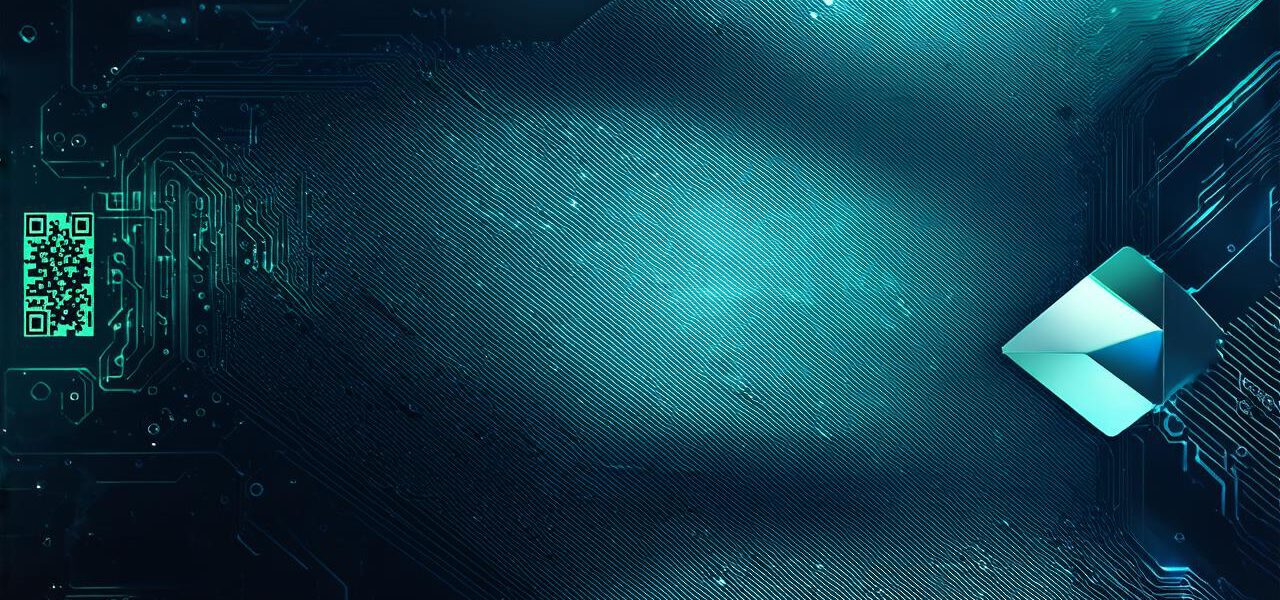
Top blockchain development trends to watch in 2023
1. Decentralized Finance (DeFi)
Decentralized finance (DeFi) refers to a set of decentralized applications that enable users to interact with various financial assets and services without intermediaries such as banks or brokers. DeFi has already gained significant traction in 2021, with the total value locked in DeFi protocols reaching an all-time high of $250 billion.
In 2023, we can expect to see continued growth in DeFi applications and adoption, as more institutions and individuals recognize the benefits of decentralized finance. This includes increased security, transparency, and accessibility for users, regardless of their location or financial status.
Case studies have shown that DeFi has already disrupted traditional financial systems, with platforms like Uniswap and Compound providing a more efficient and cost-effective way to trade cryptocurrencies and lend and borrow assets. As the technology continues to develop, we can expect to see even more innovative solutions emerge in areas such as yield farming, decentralized exchanges, and stablecoins.
2. Non-Fungible Tokens (NFTs)
Non-fungible tokens (NFTs) are unique digital assets that can represent anything from art to music to collectibles. NFTs have already gained significant attention in the art world, with platforms like OpenSea facilitating the sale of multi-million dollar digital artworks.
In 2023, we can expect to see the adoption of NFTs expand beyond the art world and into other areas such as gaming, entertainment, and real estate. This will enable creators and owners to monetize their unique assets in new and innovative ways, while also providing collectors and investors with exclusive access to rare and valuable items.
The use of blockchain technology in NFTs ensures that each asset is truly unique and cannot be replicated, making them an attractive option for artists, creators, and collectors alike. As the market continues to grow, we can expect to see new platforms and technologies emerge that make it easier for anyone to create and sell NFTs.
3. Private Blockchains
Private blockchains are a type of blockchain network that is not open to the public and is instead used by a specific group of participants. Private blockchains have already been adopted by many enterprises, particularly in industries such as finance and supply chain management.
In 2023, we can expect private blockchains to continue to gain popularity as more organizations recognize the benefits of having a secure and transparent way to manage their data and assets. Private blockchains allow for greater control over who has access to sensitive information, while also providing immutable records that are resistant to tampering and hacking.
One example of a private blockchain is Hyperledger Fabric, which was developed by IBM and other industry leaders. Hyperledger Fabric is designed specifically for enterprise use cases and has already been deployed in a number of industries such as healthcare, finance, and manufacturing.
4. Blockchain Interoperability
Blockchain interoperability refers to the ability of different blockchain networks to communicate with each other and share data seamlessly. This is important because many different blockchain networks have been developed for different use cases, and without interoperability, it can be difficult to integrate them into existing systems.
In 2023, we can expect to see continued progress in the development of blockchain interoperability protocols, which will enable greater integration between different blockchain networks. This will enable organizations to take advantage of the unique features and benefits of different blockchains, while also ensuring that data is consistent and up-to-date across all systems.
One example of a blockchain interoperability project is Cosmos Network, which was developed by Tendermint Labs. Cosmos Network enables different blockchain networks to communicate with each other using a shared language called the Interledger Protocol (ILP), allowing for seamless data transfer between different systems.
5. Blockchain Regulation
As blockchain technology continues to gain traction, governments and regulatory bodies around the world are beginning to take notice. In 2023, we can expect to see continued progress in the development of regulations that govern the use of blockchain technology.
This will include new guidelines for initial coin offerings (ICOs), as well as increased oversight of cryptocurrency exchanges and other financial platforms. While some may view these regulations as a hindrance to innovation, they are necessary to ensure that blockchain technology is used in a responsible and sustainable way.
One example of a blockchain regulatory body is the Financial Conduct Authority (FCA) in the United Kingdom, which has already issued guidance on ICOs and other cryptocurrency-related activities. The FCA’s approach is to encourage innovation while also protecting consumers and the financial system as a whole.
In conclusion, the world of blockchain technology is constantly evolving, and new trends are emerging all the time. In 2023, we can expect to see continued growth in decentralized finance, non-fungible tokens, private blockchains, blockchain interoperability, and blockchain regulation. By staying up-to-date on these trends, organizations and individuals can take advantage of the unique benefits that blockchain technology has to offer while also ensuring that it is used in a responsible and sustainable way.
GroupLayout:



